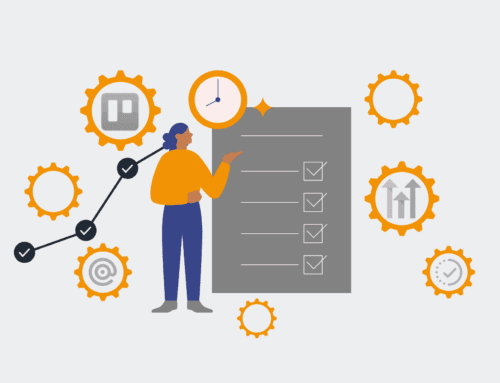HighLevel Contact Recovery: A Detailed Walkthrough of Using Snapshots to Restore Lost Leads and Opportunities
Losing critical contact data or opportunities in your CRM can be a business nightmare, costing valuable time and potential revenue. HighLevel’s snapshot feature is a robust solution designed to prevent such catastrophic data loss, offering a reliable pathway to recover your essential leads and opportunities. This guide provides a detailed, step-by-step walkthrough for leveraging HighLevel snapshots, ensuring your business continuity and protecting your most valuable asset: your data.
Step 1: Understanding HighLevel Snapshots and Their Value
HighLevel snapshots are comprehensive backups of your sub-account’s configuration, including custom fields, pipelines, forms, and critically, your contact and opportunity data. They act as restoration points, allowing you to revert your sub-account to a previous state. Understanding that these snapshots capture your system’s configuration and data at a specific moment in time is crucial. This means that any data loss occurring after the latest snapshot will not be recoverable from that particular backup. Regularly scheduling or manually creating snapshots is therefore not just a best practice, but a vital component of a resilient data protection strategy, safeguarding against accidental deletions, data corruption, or configuration errors that could otherwise derail your sales and marketing efforts.
Step 2: Accessing Your HighLevel Sub-Account and Snapshot Management
To begin the recovery process, you need to navigate to the HighLevel agency-level dashboard, as snapshots are managed at the agency level and applied to specific sub-accounts. Log in to your HighLevel agency account, then locate and click on “Snapshots” in the left-hand navigation menu. This section displays a list of all available snapshots, whether created automatically or manually, along with their creation dates. Each snapshot represents a distinct point in time, and knowing the approximate time of your data loss is critical for selecting the appropriate recovery point. Ensure you have the necessary agency-level permissions to access and manage these crucial backup tools; without them, you won’t be able to initiate a restoration.
Step 3: Identifying the Correct Snapshot for Restoration
The success of your data recovery hinges on selecting the right snapshot. Carefully review the list of available snapshots, paying close attention to their creation dates and any descriptive names you might have given them. Your goal is to identify the most recent snapshot created *before* the data loss occurred. Restoring an older snapshot than necessary might mean losing legitimate data created between the chosen snapshot and the incident. Conversely, selecting a snapshot created *after* the data loss will not contain the information you wish to recover. Take your time with this step; a hasty decision here can lead to further complications or incomplete recovery of your lost leads and opportunities.
Step 4: Initiating the Snapshot Restoration Process
Once you’ve identified the correct snapshot, click the “Load Snapshot” or “Apply Snapshot” action associated with it. HighLevel will then prompt you to select the specific sub-account you wish to restore. It’s imperative to choose the correct sub-account to avoid overwriting data in an unintended environment. Be aware that applying a snapshot will overwrite existing data and settings in the selected sub-account, effectively reverting it to the state captured in the snapshot. HighLevel typically provides a warning or confirmation prompt before proceeding with this irreversible action. Carefully read any on-screen messages and confirm only when you are absolutely certain of your selection, understanding the implications for the target sub-account.
Step 5: Verifying Restored Contacts and Opportunities
After the snapshot has been successfully applied, it is crucial to immediately verify the integrity of your recovered data. Navigate to the “Contacts” and “Opportunities” sections within the restored sub-account. Check for the specific leads and opportunities that were previously missing. Confirm that their associated data, custom fields, and pipeline stages are accurate and as expected. It’s also wise to check other critical components, such as custom forms, calendars, and automation workflows, to ensure they are functioning correctly and align with the restored state. A thorough verification process ensures that the recovery was complete and that your sub-account is fully operational with all essential data intact.
Step 6: Implementing Proactive Snapshot Management Best Practices
To prevent future data recovery emergencies, establish a proactive snapshot management strategy. Regularly schedule automated snapshots, especially before major system changes, data imports, or campaign launches. Consider creating manual snapshots as an immediate backup before performing any significant modifications to your sub-account. Educate your team on the importance of data integrity and proper HighLevel usage to minimize accidental deletions. Furthermore, regularly review your snapshot inventory to ensure older, irrelevant snapshots are archived or deleted, keeping your system tidy. Implementing these best practices ensures that you always have a reliable, up-to-date recovery point, providing peace of mind and resilience against unforeseen data incidents.
If you would like to read more, we recommend this article: HighLevel Data Protection for HR & Recruiting: Automated Snapshots for Instant Recovery






